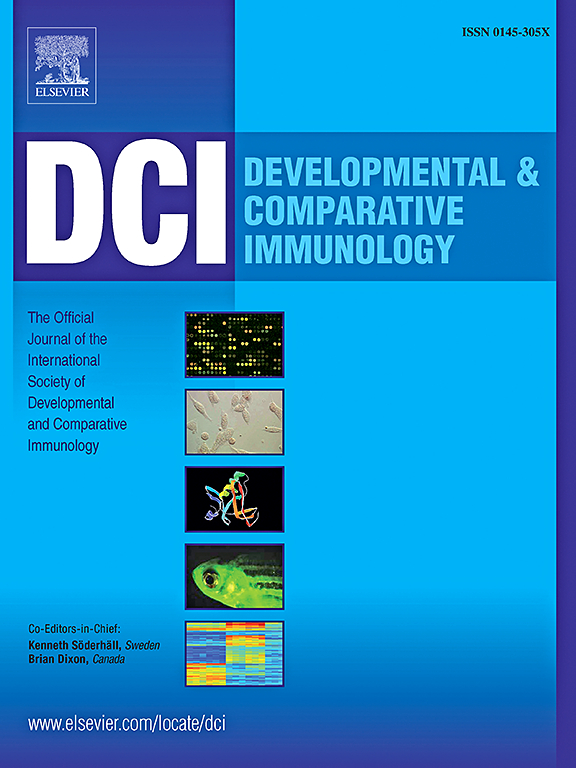Molecular and functional characterization of ILYS-5, a major invertebrate lysozyme of Caenorhabditis elegans
Abstract
To overcome bacterial invasion and infection, animals have evolved various antimicrobial effectors such as antimicrobial peptides and lysozymes. Although C. elegans is exposed to a variety of microbes due to its bacterivorous lifestyle, previous work on the components of its immune system mainly based on the description of transcriptional changes during bacterial challenges. Very few effector components of its immune system have been characterized so far. To investigate the role of lysozymes in terms of antibacterial defense and digestion, we studied a member of the widely neglected family of C. elegans invertebrate lysozymes (ILYS). We focused on the so far virtually undescribed ILYS-5, which we purified from protein extracts of C. elegans tracing its peptidoglycan-degrading activity and localized the tissue expression of the gene in vivo using a translational reporter construct. We recombinantly synthesized ILYS-5 and determined the physicochemical activity optimum and the antibacterial spectrum of a lysozyme from C. elegans for the first time. With an activity optimum at low ionic strength (≤100 mM) and at acidic pH (≤ pH 4.0), ILYS-5 is likely to be involved in killing and digestion of bacteria within acidified phagolysosomes and acidic regions of the gut, presumably secreted by lysosome-like vesicles. This notion is supported by potent activity against various live Gram-positive and Gram-negative bacteria. Notably, members of the natural associated microbiome of C. elegans are substantially less susceptible to ILYS-5. Ablation of the ilys-5 gene resulted in reduction of lifespan and fertility when cultured on the standard food bacterium Escherichia coli OP50, whereas exposure of the ilys-5 knock-out mutant to the host-associated bacterium Pseudomonas lurida MYb11 did not have a clear effect. These findings indicate a role of ILYS-5 in immunity and nutrition and a co-evolved adaptation of host and bacteria to the mutualistic nature of their interaction.

 求助内容:
求助内容: 应助结果提醒方式:
应助结果提醒方式:


